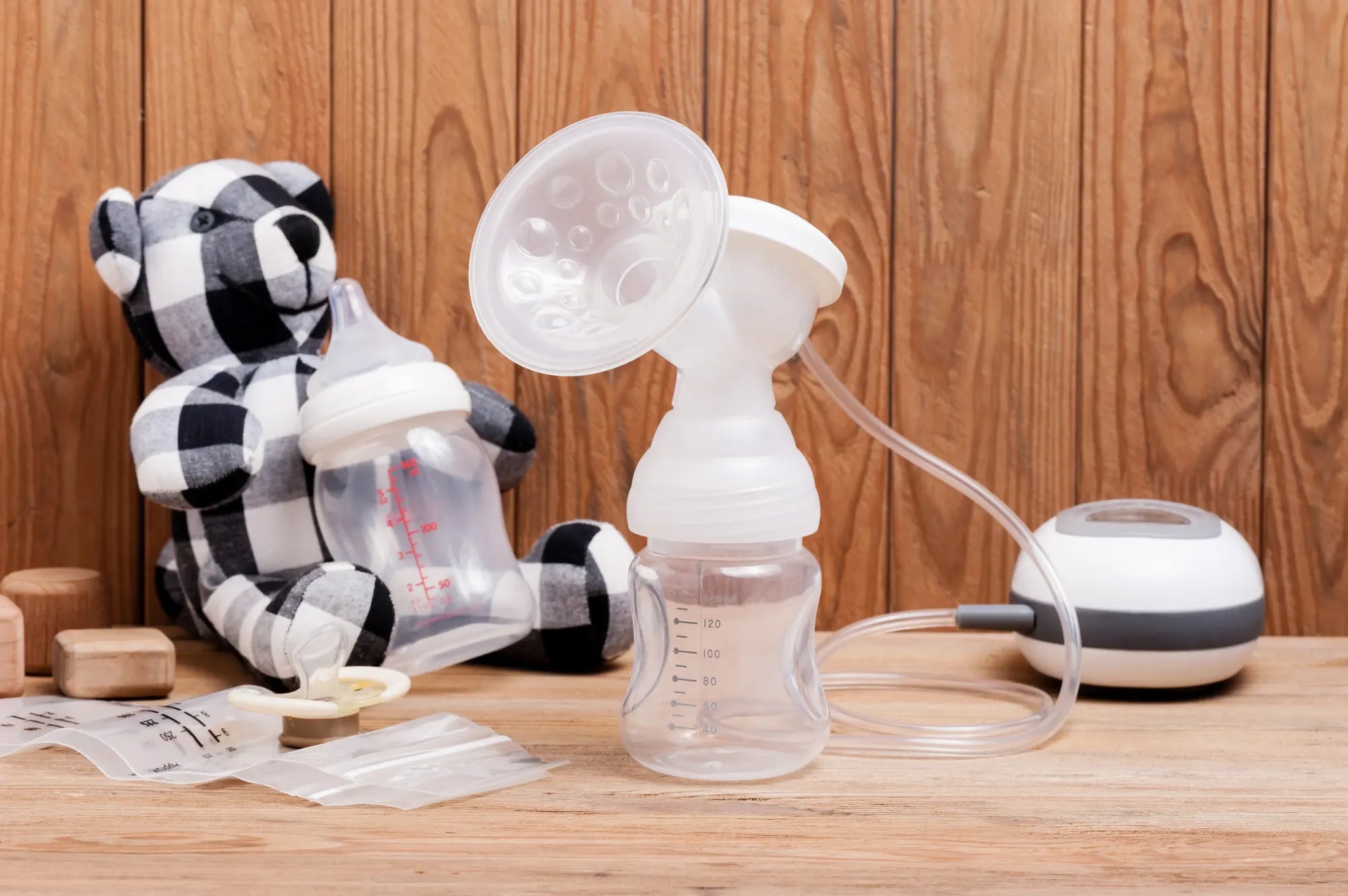Home
Pregnancy, Breastfeeding, and Pumping: The Ultimate Guide for Moms
How to Express Breast Milk with Hand Pump: A Comprehensive Guide

How to Express Breast Milk with Hand Pump: A Comprehensive Guide
Expressing breast milk with a hand pump can be a convenient and effective way to provide nourishment for your baby, especially when you're on the go or need to build a stash. Whether you're a new mom or an experienced one, mastering this skill can make your breastfeeding journey smoother. This guide will walk you through everything you need to know about how to express breast milk with a hand pump, from preparation to storage.
Why Choose a Hand Pump?
Hand pumps are a popular choice for many mothers due to their simplicity, portability, and affordability. Unlike electric pumps, they don't require batteries or electricity, making them ideal for travel or quick sessions. Additionally, hand pumps offer more control over suction strength, which can be beneficial for comfort and efficiency.
Preparation is Key
Before you begin, it's essential to prepare both yourself and your equipment. Start by washing your hands thoroughly to ensure cleanliness. Assemble your hand pump according to the manufacturer's instructions, making sure all parts are clean and dry. Find a comfortable, quiet space where you can relax, as stress can hinder milk flow. Some mothers find it helpful to have a warm drink or apply a warm compress to their breasts to stimulate milk production.
Step-by-Step Guide to Expressing Breast Milk with a Hand Pump
Follow these steps to effectively express breast milk with a hand pump:
- Position the Pump: Place the flange of the hand pump over your nipple, ensuring it fits snugly. Your nipple should be centered in the tunnel to avoid discomfort.
- Create a Seal: Press the pump gently against your breast to create a seal. This prevents air from entering and ensures proper suction.
- Begin Pumping: Use the handle or lever to start pumping. Begin with a gentle rhythm, mimicking your baby's natural sucking pattern. Gradually increase the suction strength if needed, but avoid going too fast or too hard to prevent pain.
- Express Milk: Continue pumping until the milk flow slows down. This usually takes about 10-15 minutes per breast. Switch sides if you're expressing from both breasts.
- Store the Milk: Once you've finished, pour the expressed milk into a clean storage container. Label it with the date and time, and store it in the refrigerator or freezer as needed.
Tips for Success
Here are some additional tips to make the process easier and more effective:
- Stay Relaxed: Stress can reduce milk flow, so try to stay calm and focused. Deep breathing or listening to soothing music can help.
- Experiment with Timing: Some mothers find it easier to express milk in the morning when supply is typically higher. Experiment to find the best time for you.
- Massage Your Breasts: Gently massaging your breasts before and during pumping can stimulate milk flow and increase output.
- Clean Your Pump: After each use, disassemble the pump and wash all parts with warm, soapy water. Allow them to air dry completely before reassembling.
Common Challenges and Solutions
While expressing breast milk with a hand pump is generally straightforward, you may encounter some challenges. Here's how to address them:
- Low Milk Output: If you're not getting much milk, try pumping more frequently or adjusting the suction strength. Staying hydrated and eating a balanced diet can also help.
- Discomfort or Pain: If the pump causes pain, check the flange size. A flange that's too small or too large can lead to discomfort. You may also need to reduce the suction strength.
- Clogged Ducts: If you experience clogged ducts, apply a warm compress and massage the area before pumping. This can help release the blockage.
Storing Expressed Breast Milk
Proper storage is crucial to maintain the quality of your expressed breast milk. Here are some guidelines:
- Room Temperature: Freshly expressed milk can be stored at room temperature for up to 4 hours.
- Refrigerator: Store milk in the refrigerator for up to 4 days. Place it in the back where the temperature is coldest.
- Freezer: For longer storage, freeze the milk. It can last up to 6 months in a standard freezer and up to 12 months in a deep freezer.
- Thawing: To thaw frozen milk, place it in the refrigerator overnight or hold it under warm running water. Avoid microwaving, as it can destroy nutrients and create hot spots.
Frequently Asked Questions
Here are answers to some common questions about expressing breast milk with a hand pump:
- How often should I pump? It depends on your needs, but most mothers pump every 2-3 hours to maintain supply.
- Can I combine milk from different sessions? Yes, you can combine milk from the same day, but make sure both batches are at the same temperature before mixing.
- What if my milk supply drops? Frequent pumping, staying hydrated, and eating a nutritious diet can help boost supply. Consult a lactation consultant if needed.
Mastering how to express breast milk with a hand pump can empower you to provide for your baby in a flexible and efficient way. With practice and patience, you'll find a routine that works best for you and your little one. Start today and enjoy the benefits of this valuable skill!
Share

